Jake LaMotta, ‘Raging Bull’ in and Out of the Ring, Dies at 95
By Richard Goldstein Sept. 20, 2017
Jake LaMotta, boxing’s “Raging Bull,” who brawled his way to the middleweight boxing championship in a life of unbridled fury — within the ring and outside it — that became the subject of an acclaimed film, died on Tuesday in Aventura, Fla., near Miami. He was 95.
His longtime fiancée, Denise Baker, said he died of pneumonia at Palm Garden of Aventura, a nursing home and rehabilitation facility, where he had been under hospice care.
A “good-for-nothing bum kid” with a terrible temper, as he later described himself, LaMotta learned to box in an upstate New York reformatory, where he had been sent for attempted burglary.
Having gone undefeated as an amateur after his release, he turned pro in 1941 and unleashed his enmity on dozens of ring opponents.
He ultimately became a pop culture symbol of rage when the director Martin Scorsese told his story in his 1980 film “Raging Bull,” based on LaMotta’s 1970 memoir of the same title, written with Joseph Carter and Peter Savage.
Robert De Niro won an Academy Award for his portrayal of LaMotta, and the film was nominated in six categories, including Best Picture.
LaMotta was able to absorb a flurry of punches only to unload a more brutal barrage on an opponent. He would, as he wrote in his memoir, “charge out of the corner, punch, punch, punch, never give up, take all the punishment the other guy could hand out but stay in there, slug and slug and slug.”
He had defeated Marcel Cerdan to capture the world middleweight title in June 1949.
Ray Arcel, one of boxing’s most renowned trainers, said of LaMotta, “When he was in the ring, it was like he was in a cage fighting for his life.”
Best remembered for his six bouts with Sugar Ray Robinson, LaMotta won 83 fights (30 by knockouts) and lost 19 (including a “fix” to which he belatedly confessed, telling a congressional panel that he had been promised that if he lost that fight he would get a title shot).
He also fought four draws.
He captured the middleweight championship in June 1949, stopping the titleholder, Marcel Cerdan, at Briggs Stadium in Detroit, and was knocked down only once in his 106 fights.
Mr. Scorsese made his film long after LaMotta had squandered his money — he said he made $1 million in the ring — and had gone through a series of stormy marriages, been sent to prison once more, and ballooned into obesity.
“I would think that Jake thinks it’s a movie about himself,” Mr. Scorsese told The New York Times shortly after “Raging Bull” was released. “But those who think it’s a boxing picture would be out of their minds. It’s brutal, sure, but it’s a brutality that could take place not only in the boxing ring but in the bedroom or in an office.
Jake is an elemental man.”
LaMotta boxed more than a thousand rounds with Mr. De Niro, tutoring him for a role that brought him the Oscar for best actor.
Cathy Moriarty, in her professional acting debut, played LaMotta’s second wife, Vikki, a beautiful blonde who endured a chaotic marriage and was nominated for a supporting actress Oscar.
LaMotta had mixed feelings about the film. “I kind of look bad in it,” he told The Times. “Then I realized it was true. That’s the way it was. I was a no-good b******.
It’s not the way I am now, but the way I was then.”
Giacobbe LaMotta was born on the Lower East Side of Manhattan on July 10, 1922, one of five children. He recalled that his father, a Sicilian immigrant who peddled fruits and vegetables, frequently beat his wife, a daughter of Italian immigrants, and their children.
The family moved to Philadelphia and then to the Bronx, where they lived in a rat-infested tenement. LaMotta attacked bullying schoolmates with an ice pick, and he beat a neighborhood bookie into unconsciousness with a lead pipe while robbing him.
He emerged as a leading middleweight in the early 1940s, having been rejected from World War II military service because a childhood mastoid operation had affected his hearing.
In February 1943, he dealt Sugar Ray Robinson the first loss of his career in Robinson’s 41st fight, winning a 10-round decision after knocking him through the ropes.
Robinson won their other five fights, but LaMotta also defeated prominent fighters like Fritzie Zivic, Tony Janiro, and Bob Satterfield.
Al Silvani, a trainer for LaMotta, felt he was most dangerous when seemingly beaten. As Silvani recalled in “Corner Men,” by Ronald K. Fried (1993), LaMotta would “lay against the ropes playing possum and all at once — and this no exaggeration — he’d throw seven, eight, nine, ten left hooks at you.”
LaMotta had been favored to defeat Billy Fox of Philadelphia in a light-heavyweight bout in November 1947, but the odds swung 3-1 in Fox’s favor shortly before the fight, evidently because of an infusion of organized crime money from Philadelphia. LaMotta was pummeled by Fox, and the bout was stopped in the fourth round.
The New York State Athletic Commission looked into suspicions that LaMotta had deliberately lost the fight, but he claimed he had been impaired by a ruptured spleen that he incurred in training. He got away with a $1,000 fine and a seven-month suspension for hiding an injury.
But in 1960, when the Senate Antitrust and Monopoly subcommittee held hearings on organized crime’s influence in boxing, LaMotta admitted that he had agreed to lose the Fox fight in return for gaining a long-sought shot at the middleweight crown.
In a deposition, he said that one of the men who arranged the fix was Blinky Palermo, Fox’s manager and the reputed numbers kingpin of Philadelphia.
LaMotta had received his opportunity 17 months after the Fox bout, and he stopped Cerdan on a 10th-round technical knockout to become middleweight champion. Cerdan, a Frenchman, was en route to the United States for a return fight when he was killed in a plane crash.
LaMotta successfully defended his title twice, then lost it to Sugar Ray Robinson when their bout, at Chicago Stadium on Feb. 14, 1951, was stopped in the 13th round. LaMotta was a bloody mess but had never hit the canvas. The fight became known as the second Valentine’s Day Massacre, an allusion to the storied 1929 gangland killings in Chicago.
1951-2-14 Jake LaMotta vs Sugar Ray Robinson
LaMotta’s career slid downhill after he lost the title, and on Dec. 31, 1952, following a six-month layoff, he was knocked down for the only time in his career, losing to Danny Nardico in a light-heavyweight fight. He retired, then came back in 1954 for a few bouts before quitting for good.
He was inducted into the International Boxing Hall of Fame in 1990.
LaMotta’s perpetual rage led him to beat his first wife, Ida.
He married again, in 1946 — his new wife, Vikki, was a teenager — but that marriage, too, descended into turmoil amid LaMotta’s drinking and womanizing.
She filed for divorce in 1956. He was married six times.
In 1957, while operating a nightclub and bar in Miami Beach, LaMotta was convicted of encouraging a minor to be a prostitute. He spent six months in jail and worked on a road gang.
Encouraged to try show business by Rocky Graziano, also a former middleweight champion, who had turned to acting and had been his friend since their time together in reform school, LaMotta later worked as a stand-up comic and an actor. He appeared as a bartender in the Paul Newman film “The Hustler” (1961) and played the mobster Big Jule in a 1965 production of the musical “Guys and Dolls” at the City Center in Manhattan.
LaMotta appeared with Ms. Baker in a revue-style Off-Broadway production, “The Lady and the Champ,” which ran for two weeks in 2012.
A second movie about his life, “LaMotta: The Bronx Bull,” was released in 2015, with William Forsythe portraying LaMotta. It had no connection to the film “Raging Bull.”
In addition to Ms. Baker, LaMotta is survived by his daughters, Jacklyn O’Neill, Christie LaMotta, Elisa LaMotta, and Mia Day; Ms. Baker’s daughters, Meggen Connolley and Natalia Baker; his brothers, Joe and Al; his sisters, Maria Hawfield and Anne Ramaglia; and several grandchildren and great-grandchildren. His sons, Jack and Joseph, died seven months apart in 1998, Jack from cancer and Joseph in a plane crash.
LaMotta’s toughness was on full display in his battles with Sugar Ray Robinson, whom many consider the finest pound-for-pound boxer in history. Robinson had seemingly exhausted LaMotta, known then as the Bronx Bull, in their second bout, only to learn otherwise.
“I had him along the ropes,” Robinson remembered in his autobiography, “Sugar Ray” (1969), written with Dave Anderson, a sports columnist for The Times. “He had his head down and I was really measuring him. His head popped up and he let go a left hook that almost tore through my stomach. It hurt so much, I had tears in my eyes, like a little kid. I got the decision, but I learned that Jake LaMotta was some animal.”
ADVERTISEMENT
BY
Looking for more information?
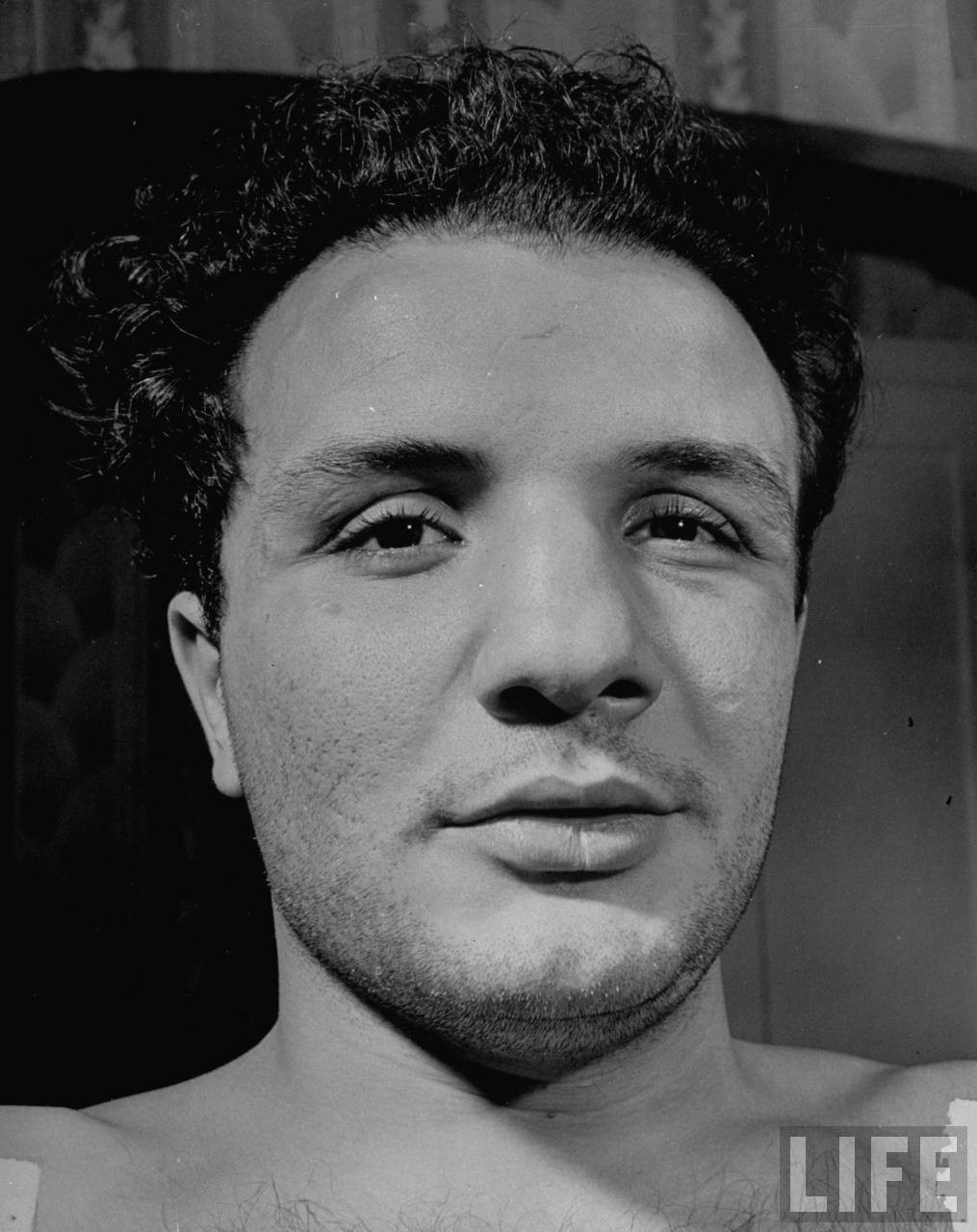
 Amanda S. Stevenson
Amanda S. Stevenson 
 Amanda S. Stevenson
Amanda S. Stevenson 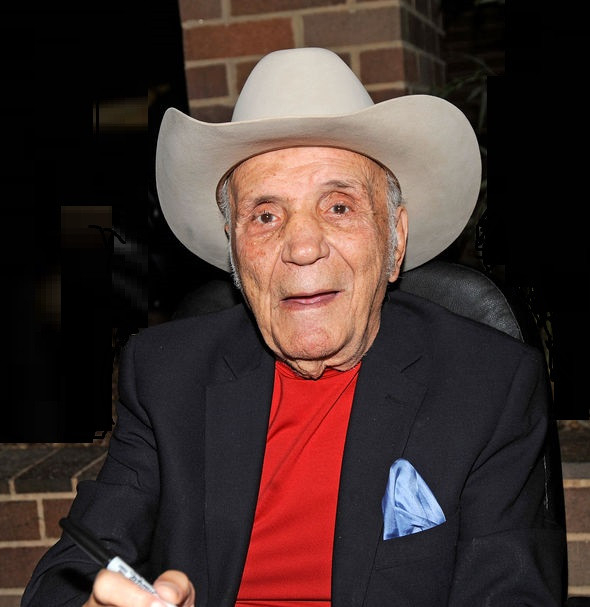
 Amanda S. Stevenson
Amanda S. Stevenson 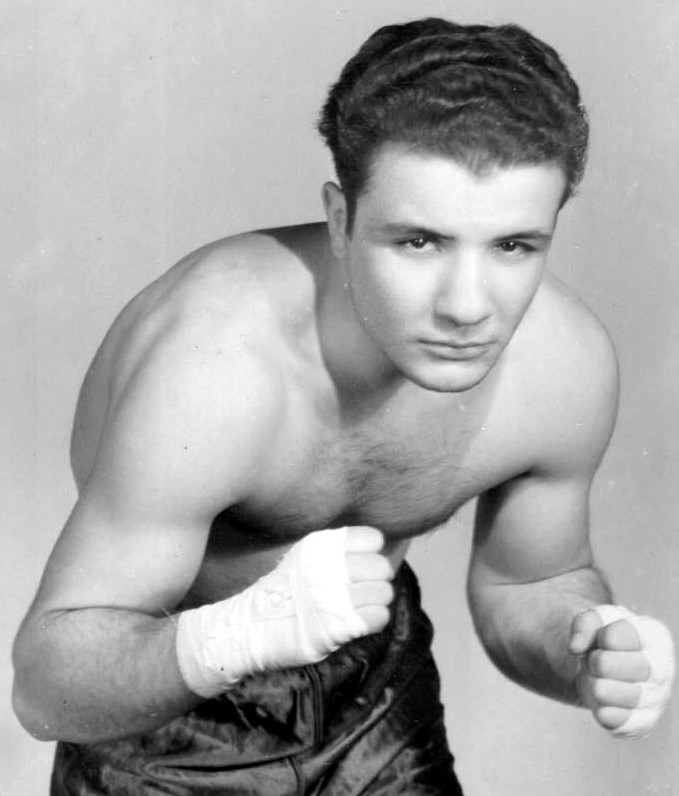
 Amanda S. Stevenson
Amanda S. Stevenson 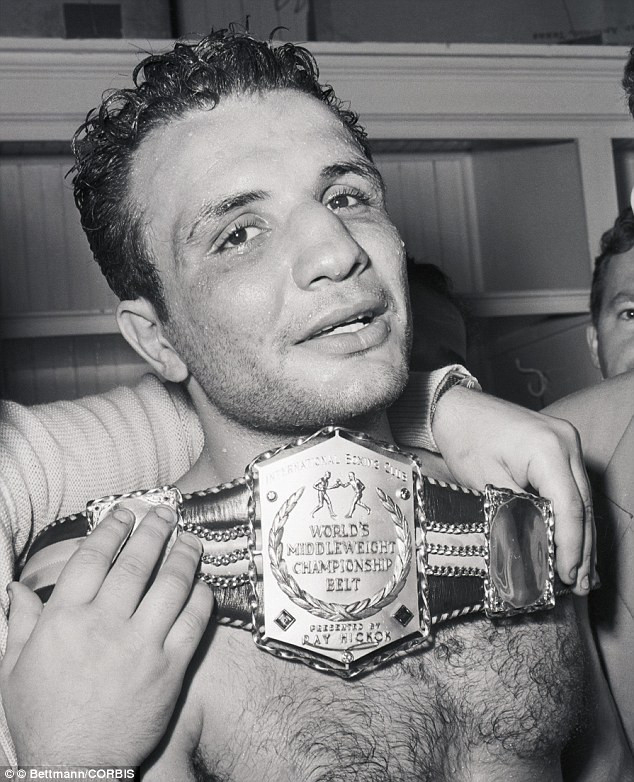
 Amanda S. Stevenson
Amanda S. Stevenson 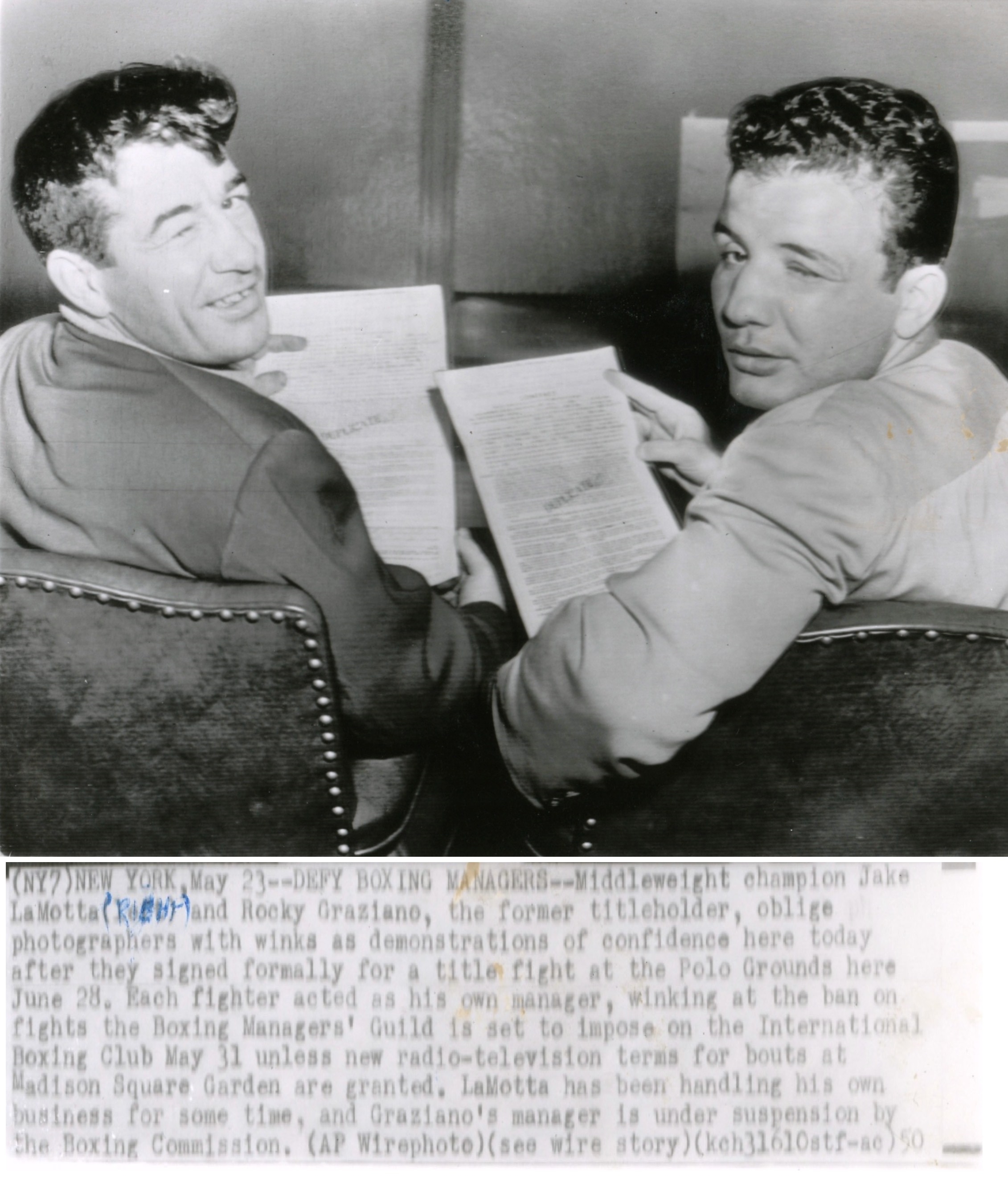
 Amanda S. Stevenson
Amanda S. Stevenson 